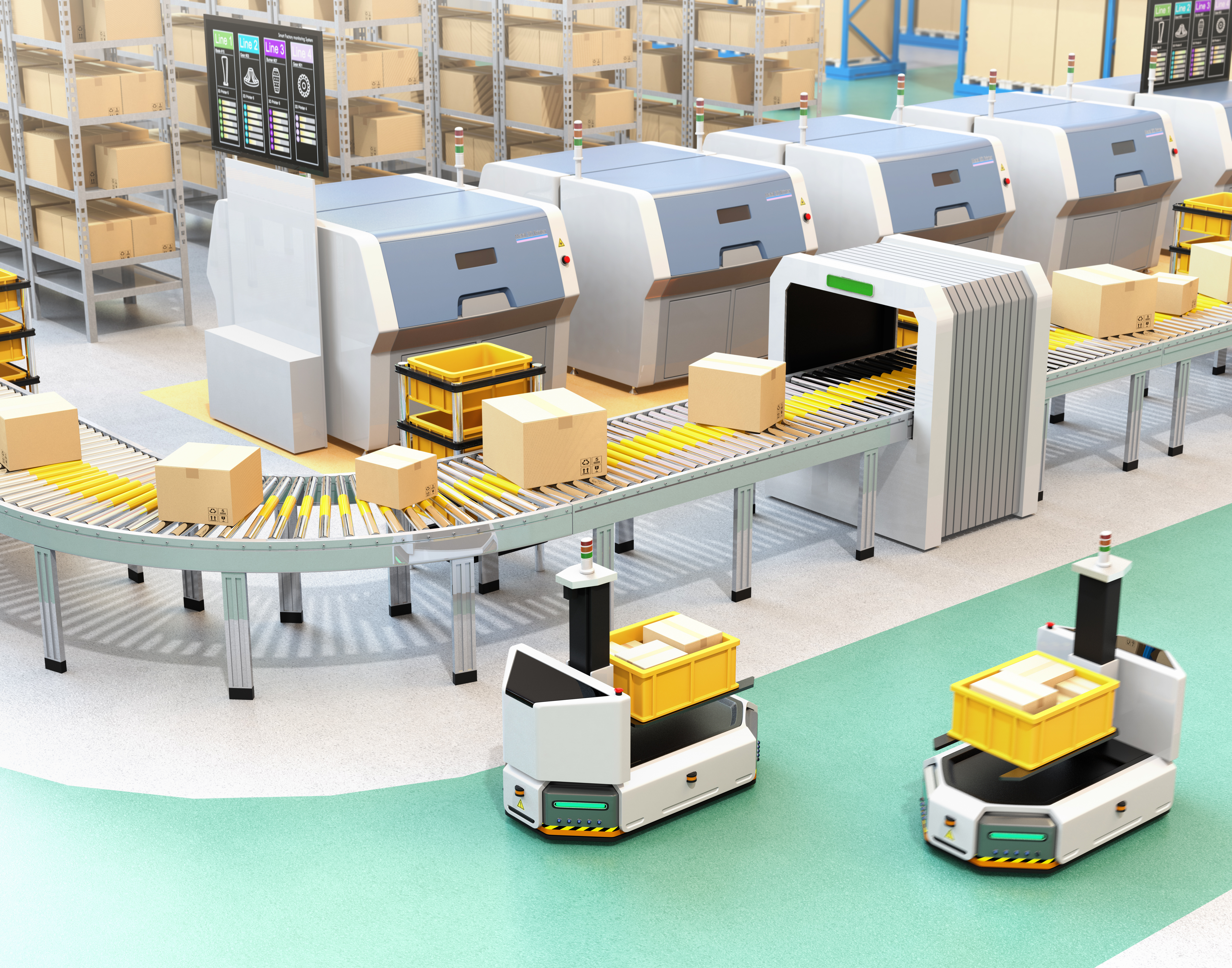AGVs are vehicles that operate with the aid of automatic technological systems. They are prominent in the industrial realm since they speed up work. What’s more, the AGVs are the safest to use in the work area. Their usage revolves around relocating materials to other places effectively. On that account, the transportation process is seamless due to the automated machines. The equipment is custom-made to suit every ounce of need for various manufacturers. For this reason, they are widely used in healthcare, communications, cross-docking, warehouses, and textiles sectors. So, how do AGVs work? Let’s delve right into their performance, bearing in mind the extensive benefits.
Methods
AGVS have arrays of techniques that power their movement with sheer simplicity. Have a look at the different ways that make them work.
Wires
For starters, the machines are loaded with wires that assist with the navigation. Usually, the wires are underneath the AGVs to ensure that motion is effortless. Therefore, the wires are linked to sensors that perform impeccably. In addition to that, there are radio frequencies located between the sensors and the wires. They are the key secret behind the movement of the guided vehicles.
Lasers
Moreover, lasers are another convenient way that assists the mobilization of AGVs. Here, two piloting varieties are the ultimate workable solutions. They are Pulsed Laser and Modulated Laser that have virtually endless benefits. Thus, the vehicles have a laser emitter as part of the fitting. Similarly, retro-reflective gadgets collaborate with the lasers to mobilize the apparatus.
Computers
With the digitalization era, AGVs incorporate the use of computers to move materials. They function by controlling how the vehicles maneuver from one section to another. Hence, the use of transponders is eminently common since they are utterly practical. Additionally, the tools use a gyroscope to guide AGVs to the optimum direction. It also helps in re-directing the equipment in case it misses the spot.
The CAD software is notable since it helps the engineer to steer the machines smoothly. It indicates the available paths and the final destination of the load. Traffic controllers also complement in the task completion alike.
Directional Tapes
They are also known as guide tapes since they are productive in the AGVs. The stand out specification entails the utilization of conspicuous magnetic tapes. Their viability surpasses wires because they are removable when the route changes. Further, re-alignment is another option and it means directional tapes are versatile. The automated vehicle cannot function without the proper use of guide tapes. They form a pivotal part of the machine for it to make progress.
Hauling
Ultimately, AGVs operate by attaching them to trailers that can haul the container. It can be in the form of cargo or other products as per the facility. The hauling capability also differs and can range from 20, 40 to 45 inches. The highlight is that the machine is highly flexible. It takes any direction, for instance, backward, sideways and forwards. Hauling is quite an essential characteristic that makes an AGV work incredibly.




